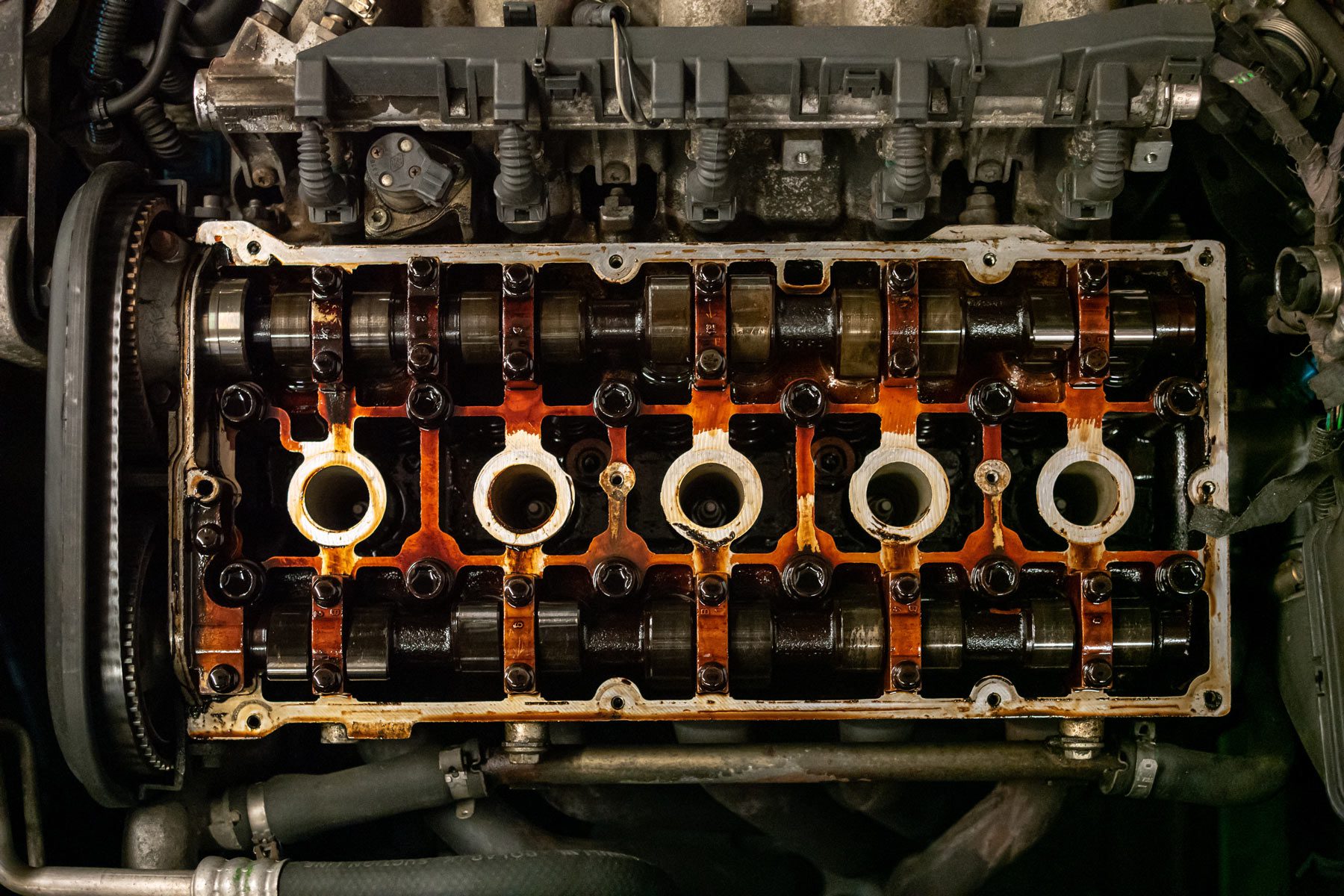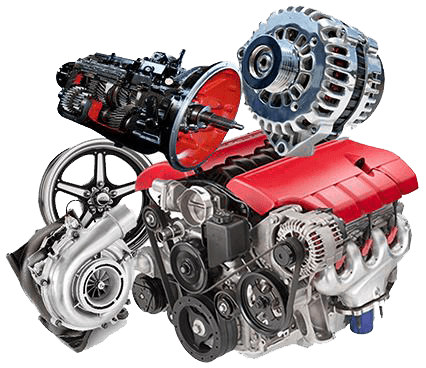Opel Corsa Engine: Whatever You Need to Know Before Acquiring
Opel Corsa Engine: Whatever You Need to Know Before Acquiring
Blog Article
Discovering the Inner Workings of a Compact Lorry's Engine System
As motorists, we frequently consider approved the elaborate processes that happen within the confines of our vehicle's engine system. The compact yet complicated equipment that drives us onward is a marvel of design accuracy and control. From the regulated surges in the combustion chamber to the meticulous timing of gas shot, every component plays a vital role in the smooth procedure of the engine. In this exploration of a small car's engine system, we will untangle the internal workings of this mechanical harmony, clarifying the enigmas that drive us ahead on our daily journeys.
Combustion Process Summary
The burning procedure in a small vehicle's engine system is a critical mechanism that effectively converts fuel right into power to power the automobile. This process takes place within the burning chamber of the engine, where gas and air mix, ignite, and create regulated surges. The burning procedure includes 4 main phases: consumption, exhaust, power, and compression.
During the intake stage, the piston moves downward, attracting in a mix of air and fuel into the combustion chamber. This down movement produces the power required to drive the car. This cyclic burning procedure is basic to the operation of a portable vehicle's engine system, making sure effective energy conversion for propulsion.
Piston and Cylinder Communication

The piston's accurate fit within the cyndrical tube is vital for preserving optimum compression and preventing power loss throughout combustion. Limited clearances in between the piston and cylinder wall surfaces guarantee efficient sealing, permitting the piston to move smoothly without allowing gases to leakage past. Appropriate lubrication is also crucial to decrease friction and wear in between these components, enhancing longevity and performance.
Furthermore, the design and products used in making the piston and cyndrical tube influence engine performance and longevity. Modern engines often use lightweight yet durable products like light weight aluminum alloys for pistons and cyndrical tube linings to decrease inertia and boost thermal effectiveness. Generally, the unified communication between the piston and cylinder is basic to the engine's capability and overall efficiency.
Gas Shot System Capability
Fuel shot systems in compact car engines play an essential duty in specifically providing gas to the burning chamber for effective and regulated ignition. The fuel injection system operates by injecting gas right into the combustion chamber at the ideal moment throughout the engine's operation (opel corsa engine). This precise timing makes sure that the fuel mixes equally with the air for appropriate combustion, causing improved gas effectiveness and decreased exhausts
There are mostly 2 kinds of gas injection systems used in small important source car engines: port read gas injection (PFI) and direct gas shot (DFI) PFI systems infuse gas into the consumption port prior to the intake shutoff, while DFI systems inject fuel directly into the combustion chamber. Both systems have their advantages, with DFI using far better fuel atomization and PFI giving an extra economical service.
Comprehending Engine Air Conditioning Mechanisms
Reliable operation of a compact automobile's engine depends greatly on the efficiency of its cooling systems. Engine air conditioning is necessary to avoid getting too hot, which can lead to major damages and decreased performance. The air conditioning system in a compact vehicle normally includes numerous elements collaborating to regulate the engine temperature level. One crucial part is the radiator, which utilizes coolant to take in heat from the engine. As the warm coolant streams with the radiator, it launches warmth into the air, cooling before going back to the engine. The water pump flows the coolant through the engine and radiator, guaranteeing a consistent flow to regulate temperature level. Furthermore, the thermostat aids control the coolant flow to preserve optimum engine temperature level. Some vehicles additionally have cooling down followers that trigger when extra cooling is required, such as throughout rush hour or hot weather. Recognizing these engine cooling devices is vital for preserving the efficiency and long life of a compact car's engine system.

Exhaust System Elements Explained
The optimum performance of a compact automobile's engine cooling systems depends on a complementary system understood as the exhaust system, which consists of various necessary components for making sure effective emissions and engine my website performance. The exhaust manifold gathers exhaust gases from the engine's courses and cyndrical tubes them to the catalytic converter.
One crucial part of the exhaust system is the oxygen sensing unit, which keeps an eye on the oxygen levels in the exhaust gases to assist manage fuel intake and guarantee optimum engine efficiency. opel corsa engine. Furthermore, the resonator might be existing in some exhaust systems to lower sound levels. On the whole, the exhaust system plays a crucial role in maintaining engine performance, lowering harmful discharges, and making certain a quieter driving experience for small car owners

Final Thought
Finally, the small automobile's engine system is a complicated mix of parts that work together to help with the combustion procedure, convert fuel into power, and remove waste gases. Understanding the internal functions of the engine system, including the piston and cylinder communication, gas injection system, engine cooling systems, and exhaust system components, is essential for preserving ideal efficiency and performance of the automobile.
The combustion process in a portable lorry's engine system is an essential device that efficiently converts fuel right into power to power the car.Gas injection systems in small automobile engines play a vital duty in precisely delivering fuel to the burning chamber for efficient and controlled ignition.There are mostly two kinds of fuel injection systems utilized in portable vehicle engines: port gas injection (PFI) and straight fuel injection (DFI) Recognizing these engine air conditioning mechanisms is vital for maintaining the efficiency and longevity of a portable automobile's engine system.
The optimal performance of a portable lorry's engine air conditioning devices depends on a complementary system recognized as the exhaust system, which consists of numerous vital parts for guaranteeing reliable emissions and engine efficiency.
Report this page